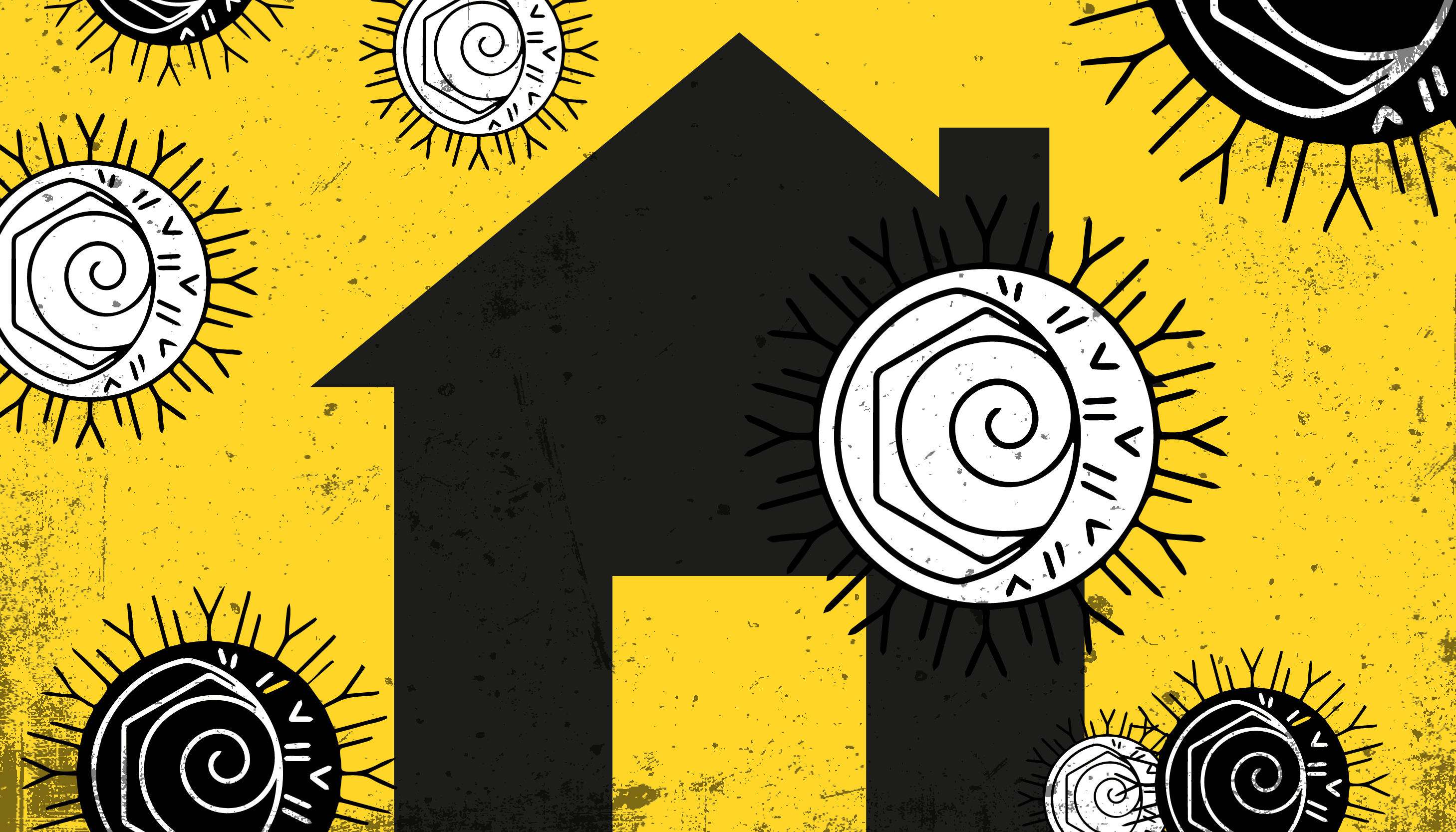
A 2020 study conducted in China reported on the growing prevalence of myopia after home confinement, but left an important question unanswered (1). Did the increased prevalence of myopia remain constant in younger cohorts as they aged?
In search of an answer, researchers collated the photoscreenings of school children aged six to 13 in Feicheng, China, that have been performed annually since 2015 (1). To obtain additional data on refractive status, the researchers conducted two further screenings in 2021, obtaining non cycloplegic refractive information using the Spot Vision Screener – the same screening device used in 2020.
In total, the study included over 300,000 examination results (51.4 percent boys, 48.6 percent girls). The results found that, compared with 2020, the spherical equivalent refraction (SER) of children in 2021 increased significantly for children aged six and eight years old but only increased slightly for those aged nine to 13. Interestingly, the prevalence of myopia in children aged six to eight was found to be significantly lower in 2021, compared with 2020. Although this decrease was also present in children aged nine, 10 and 13, it was to a lesser degree.
To further investigate the diopter changes of each participant before and after home confinement, researchers selected children who had participated in all screening years from 2019 to 2021 for analysis. The study showed that there was more reversed myopia in young children with mild myopia than in older children (approximately 15 percent).
Most strikingly, the results of this study indicate that myopic development associated with the pandemic is temporary and strongly influenced by environmental changes: when school-aged children (aged six to eight) returned to normal learning environments and outdoor activities, the prevalence of myopia returned to pre pandemic levels. These results indicate just how critical age range is for the control and prevention of myopia.
Jiaxing Wang – one of the lead authors of the research – says, “I think the message is that myopia development is not always one direction (towards myopic progression). With efforts, environmental changes, or medical intervention, some myopia can be reversed to some degree. So, there is hope – and health care professionals should really put more effort into these efforts.”
References
- J Wang et al., “Evaluation and Follow-up of Myopia Prevalence Among School-Aged Children Subsequent to the COVID-19 Home Confinement in Feicheng, China,” [Online ahead of print] (2023). PMID: 36821130.
